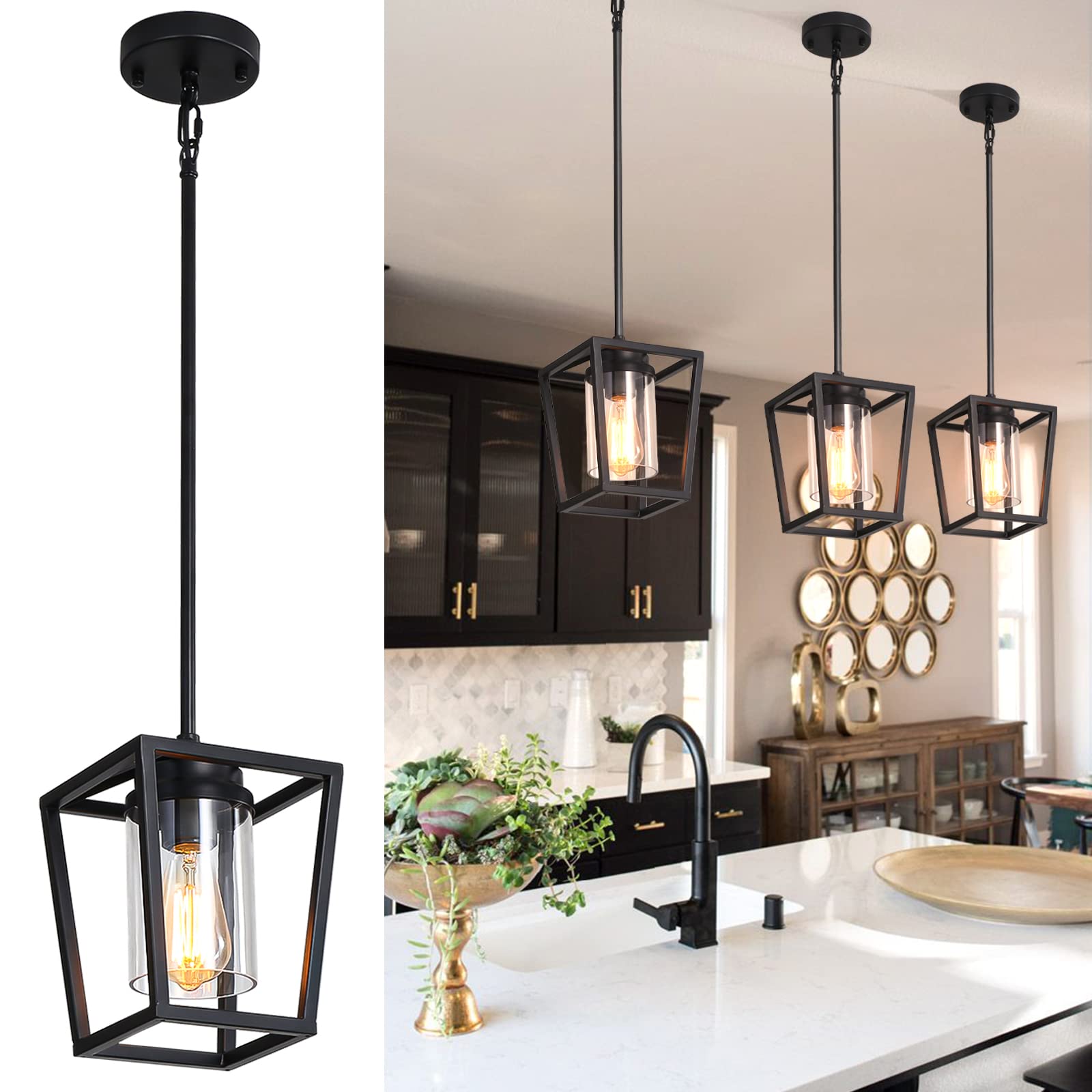Introduction:
Installing kitchen island light fixtures is an exciting way to enhance the ambiance and functionality of your culinary space. However, proper installation is crucial to ensure safety and optimal performance. In this guide, we’ll explore essential precautions to consider when installing kitchen island light fixtures, covering everything from electrical safety to fixture placement and maintenance.

Precaution 1: Verify Electrical Compatibility:
Before installing any light fixture, it’s essential to verify the electrical compatibility of your kitchen island. Ensure that your electrical system can support the wattage and voltage requirements of the fixtures you plan to install. If necessary, consult a licensed electrician to assess your electrical wiring and make any necessary upgrades to accommodate the new fixtures.
Precaution 2: Turn Off Power Supply:
Safety should always be the top priority when working with electricity. Before beginning the installation process, turn off the power supply to the kitchen island area at the circuit breaker or fuse box. Use a non-contact voltage tester to confirm that the power is off before proceeding with any electrical work. Never attempt to install light fixtures or perform electrical work with the power still on.
Precaution 3: Choose Suitable Mounting Hardware:
Selecting the appropriate mounting hardware is essential for securely attaching light fixtures to your kitchen island. Ensure that the mounting hardware provided with the fixtures is suitable for the type of ceiling or surface where you plan to install them. Use heavy-duty screws and anchors for ceiling-mounted fixtures to ensure stability and prevent accidents.
Precaution 4: Measure and Mark Placement:
Proper placement of light fixtures is key to achieving balanced illumination and aesthetic appeal. Before installing the fixtures, carefully measure and mark the placement of each fixture on the ceiling or mounting surface. Use a level to ensure that the fixtures are aligned correctly and evenly spaced along the length of the kitchen island.
Precaution 5: Allow Sufficient Clearance:
When installing pendant lights or chandeliers above a kitchen island, ensure that there is sufficient clearance between the fixtures and the surface below. Allow at least 30 to 36 inches of clearance between the bottom of the fixtures and the countertop or work surface to prevent obstruction and ensure safe movement around the island area.
Precaution 6: Secure Wiring Properly:
Properly securing the wiring is essential for safety and longevity of your kitchen island light fixtures. Route the electrical wiring through the fixture’s mounting hardware and secure it using cable clamps or clips to prevent accidental damage or strain on the wires. Avoid placing excessive tension on the wires, and ensure that they are adequately insulated and protected from sharp edges or protrusions.
Precaution 7: Follow Manufacturer’s Instructions:
Always follow the manufacturer’s instructions and guidelines when installing kitchen island light fixtures. Each fixture may have specific installation requirements and recommendations regarding wiring, mounting, and maintenance. Failure to follow these instructions could result in improper installation, reduced performance, or safety hazards.
Precaution 8: Test Fixture Functionality:
After installing the light fixtures, test their functionality to ensure that they are operating correctly. Restore power to the kitchen island area and switch on the fixtures. Check for proper illumination and any signs of flickering or malfunction. If you encounter any issues, double-check the wiring connections and consult the manufacturer’s troubleshooting guide.
Precaution 9: Perform Regular Maintenance:
Once the kitchen island light fixtures are installed and operational, it’s essential to perform regular maintenance to ensure their continued performance and longevity. Clean the fixtures periodically to remove dust, debris, and grease buildup that can accumulate over time. Inspect the wiring and mounting hardware for any signs of wear or damage, and make any necessary repairs or adjustments promptly.
Precaution 10: Consider Professional Installation:
If you’re unsure about your ability to safely and effectively install kitchen island light fixtures, consider hiring a licensed electrician or professional installer. Professional installation ensures that the fixtures are installed correctly and in compliance with electrical codes and regulations, reducing the risk of accidents or hazards.
Conclusion:
Installing kitchen island light fixtures requires careful planning, attention to detail, and adherence to safety precautions. By verifying electrical compatibility, turning off the power supply, choosing suitable mounting hardware, measuring and marking placement, allowing sufficient clearance, securing wiring properly, following manufacturer’s instructions, testing fixture functionality, performing regular maintenance, and considering professional installation when necessary, you can ensure safe and effective installation of your kitchen island light fixtures. With proper installation, your light fixtures will not only enhance the ambiance and functionality of your kitchen but also provide years of reliable performance and enjoyment.